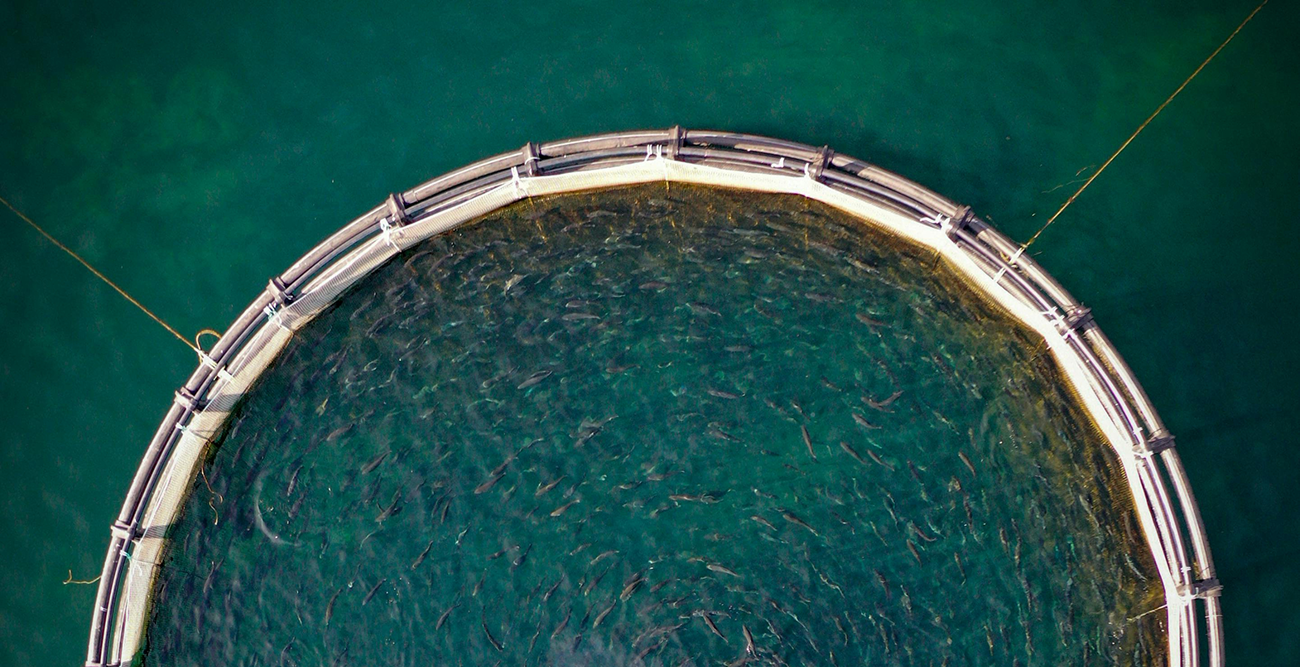What is SFDR, EU’s sustainable finance disclosure regulation?

2 December 2022: This blog has been updated as a response to the European Commission's decision to push back the implementation of SFDR discourse requirements until 1 January 2023. Keep reading to find out all you need to know about the new update!
What is SFDR?
SFDR is the first regulation set by the EU which aims to reorientate capital flow towards sustainable finance. SFDR is inserted to provide transparency on sustainability within the financial market and thereby prevent greenwashing.
Sustainable finance is already on the up-swing worldwide. As a part of the ongoing transition towards a low-carbon, more resource-efficient and sustainable economy, the European Commission have implemented various new and updated regulations to bolster its action plan on sustainability finance. While the EU Taxonomy may be regarded as the key component of the action plan, there are a handful of other regulations that are coming your way to get familiar with. One of those is the Sustainable Finance Disclosure Regulation – also known as the SFDR for those of you who keep track of the acronyms. SFDR's main purpose is to reorientate capital towards more sustainable businesses and increase transparency on sustainability among financial institutions and market participants.
The regulation was implemented on March 10th 2021, which means it's really time to learn more about what it is, who is affected and the most important actions needed to comply in time. And we are here to help!
Download our guide and get ready for the SFDR with Worldfavor.
What is the EU SFDR?
The SFDR was adopted by the European Commission in the spring of 2019 as a proposal for "a regulation on disclosures relating to sustainable investments and sustainability risks”. The primary goal is to increase transparency on sustainability to ensure that financial market participants (FMP) are able to finance growth in a sustainable manner. It consists of disclosure requirements on both business and product-level to standardize sustainability disclosure while combat “greenwashing” (companies giving a false impression of their environmental impact or benefits).
In practice, the implementation on March 10 means that FMPs in the EU are obligated to disclose information on their sustainability practices (firm-level) and their financial products (product-level). In addition, FMPs need to report on their Principal Adverse Impacts (PAI) on both a firm- and a product level. The PAIs consists of a list of both mandatory and voluntary sustainability indicators, such as GHG emissions, human rights and waste management - that have to be taken into consideration in the businesses' investment policies and decisions. The purpose is to ensure that firms take a similar approach in their sustainability disclosure. After all, sustainability is a joint movement. Download our guide Get ready for the SFDR with Worldfavor and learn how your company can align with the SFDR.
Who is affected by the SFDR?
The SFDR regulation applies to the financial market participants (FMPs) and are defined as the “big players”, such as investment firms, pension funds, asset managers, insurance companies, banks, venture capital funds, credit institutions offering portfolio management, or financial advisors. FMPs with less than 500 employees are not obligated to comply with the SFDR. However, as the comply-or-explain principle applies, they are obligated to explain why.
Although SFDR is an EU regulation, funds outside of Europe that are marketed in Europe also fall under the disclosure requirements. Since the regulation will have such an extensive impact on sustainability worldwide, many consider it to be a point-of-no-return for the financial market: it is only getting greener from here.
Save the date (new update!)
In November 2021, the European Commission confirmed that they are postponing the application date for the SFDR’s regulatory technical standards (SFDR RTS) from 1 January 2022 to 1 January 2023. In the confirmation letter written by John Berrigan, European Commission Deputy Director-General for Financial Stability, he deferred the application due to the “length and technical detail” of the standards, requiring “additional time in the adoption process.” In other words, the decision to push back to 2023 was made to ensure a smoother implementation process for all in-scope FMPs. Despite this delay, the collection and monitoring of PAI will still be required from 1 January 2022 – when the first reference period for the SFDR begins.
How to implement the EU SFDR
So, how will it work in practice? Considering that the first SFDR requirements are approaching quickly – now is the time to act. We have listed the essential steps to get you started:
- Scope: Determine what parts of the SFDR applies to your organization and products and how to align accordingly.
- Get familiar with your sustainability actions and status: No matter how far you’ve come in your sustainability journey, performing gap analysis and risk assessments on up-to-date data, actions and policies will help you uncover blind spots and gaps.
- Set a personalized SFDR strategy: Determine what actions are needed to be taken by your business for complete compliance with the new regulation. Create an action plan for your sustainability risk policy, due diligence policy, remuneration policy and communication strategies.
- SFDR won’t be postponed forever. Get ready now! While the new date may feel far far away, forming an SFDR strategy requires a lot of time and resources. Make sure to take advantage of the extra time given and get started as soon as possible for a stress-free implementation process!
To sum it all up – EU is quick-paced and leaves no time to waste to turn the financial sector over to a sustainable one. This means that the market leaders today may not necessarily be leading tomorrow. Sustainable business is the future and it's time for everyone to get aboard.
You can now use Worldfavors solution to collect your SFDR data! Using Worldfavor Sustainable Investments is the fastest and easiest way to collect, calculate and aggregate all the data you need to increase your transparency and get ready to report on time.
Download our guide find out how your organization can align with the SFDR:
Related blog posts you might like:







%20as%20the%20deadline%20approaches.%20Learn%20about%20compliance%20requirements%2c%20potential%20delays%2c%20and%20key%20updates..png)

